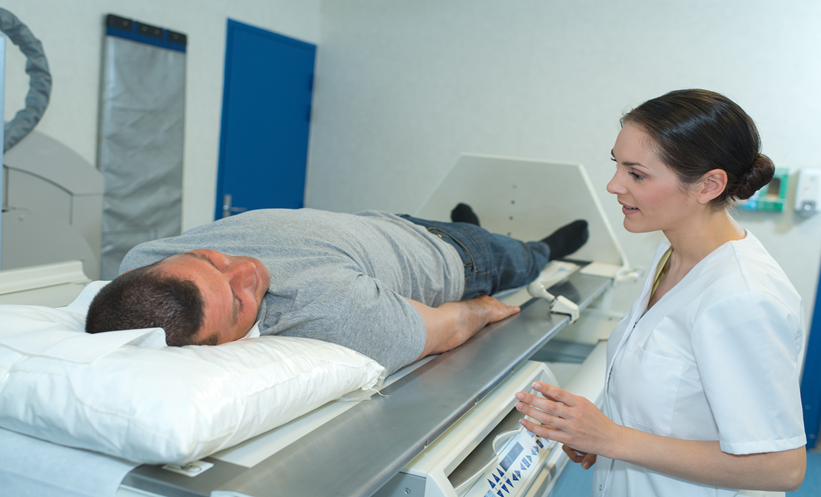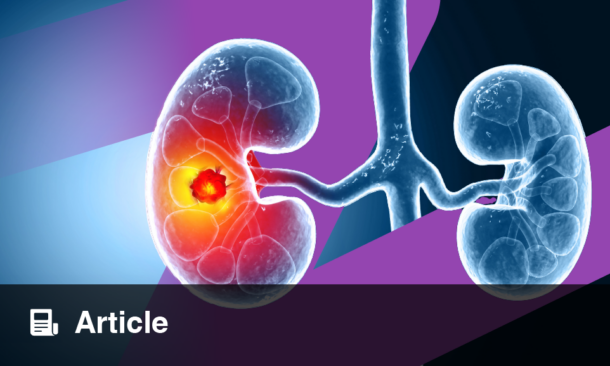NOVEL research highlights the significance of timing and tumour location when evaluating prostate-specific membrane antigen (PSMA) PET scans following radiotherapy in prostate cancer patients.
A recent study has underscored the importance of considering both the timing and site of tumours when using PSMA PET imaging to assess treatment response after radiotherapy. Findings reveal that the uptake of irradiated lesions diminishes over time, reaching its lowest levels between nine and twelve months post-treatment.
Researchers conducted a retrospective analysis of 89 prostate cancer patients who had undergone 68Ga-PSMA-11 PET/CT scans before and after radiotherapy. The study evaluated the percentage change in SUVmax (ΔSUVmax) of irradiated lesions and visually assessed residual uptake on follow-up scans.
A total of 217 irradiated lesions were analysed, comprising 106 lymph nodes, 85 bone lesions, and 21 prostate or prostate bed lesions. Notably, the study found that prostate lesion uptake persisted longer than in lymph nodes and bone, suggesting tumour location plays a crucial role in PSMA PET signal longevity.
Key Findings
- Lesion uptake decreases over time, with the lowest values observed between 9–12 months post-radiotherapy.
- Pseudo-progression, where tumours appear to remain active on imaging, may occur if PSMA PET is performed too soon after radiotherapy.
- Residual uptake was more common in prostate/prostate bed lesions and those with a higher baseline SUVmax.
- Optimal timing for assessing response was identified at 8.6 months, based on receiver-operating-curve analysis.
Out of the 68 lesions exhibiting residual uptake on post-treatment PSMA PET, 31 had follow-up imaging available, with 24 confirmed as loco-regional complete responses (L-CR). However, lesions with prolonged uptake and those in the prostate/prostate bed had a higher risk of not achieving L-CR.
These findings emphasise the necessity of carefully timing PSMA PET scans to avoid misinterpretation of persistent uptake as disease progression. By optimising the assessment timeline, clinicians can enhance the accuracy of response evaluations, potentially improving patient outcomes.
The study reinforces the need for further research to refine PSMA PET imaging protocols, ensuring more precise post-radiotherapy monitoring for prostate cancer patients.
Reference
Hotta M et al. Kinetics of PSMA PET signal after radiotherapy in prostate cancer lesions: A single-center retrospective study. Radiother Oncol. 2025;DOI:10.1016/j.radonc.2025.110869.








